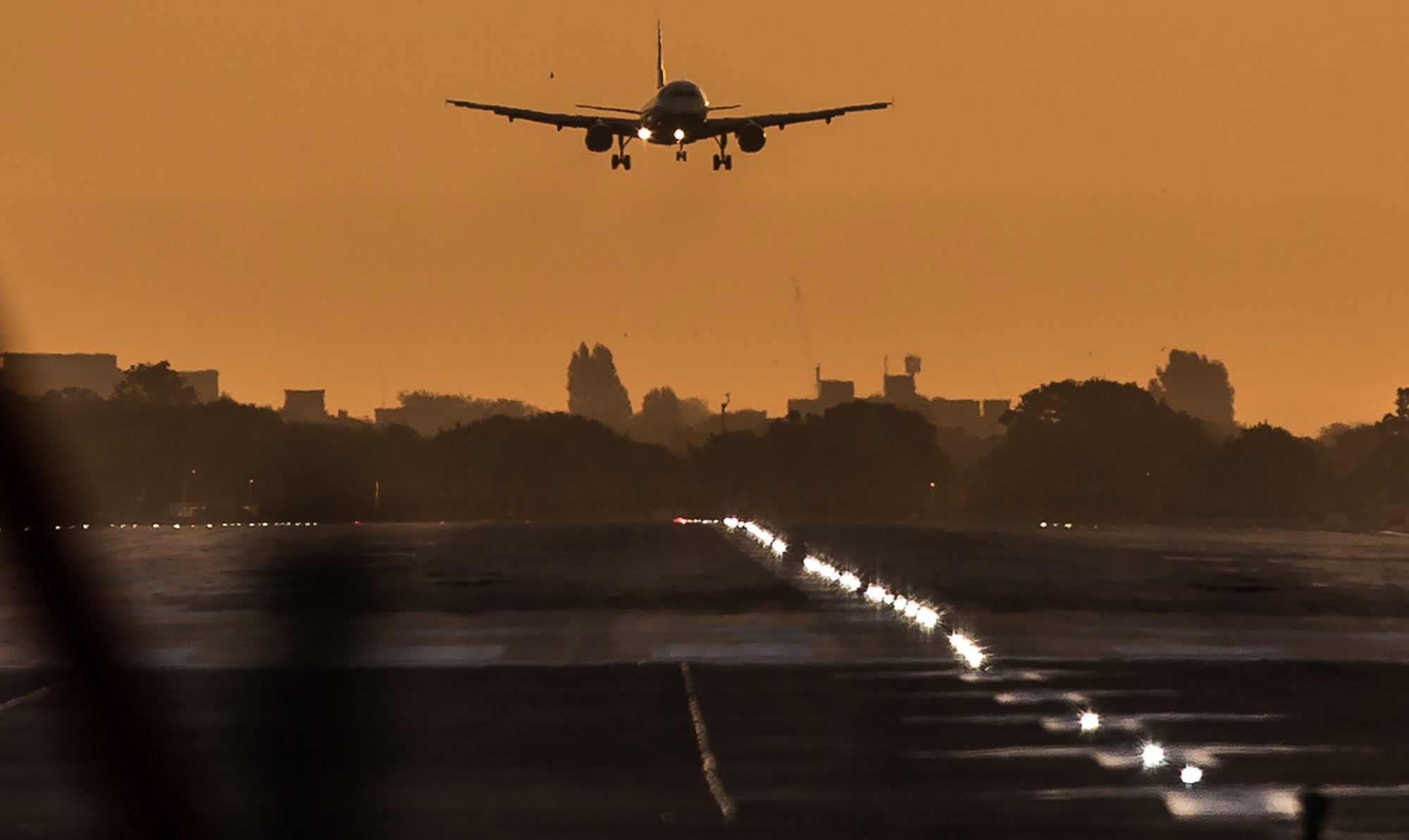Government announces plans to open up airspace to cut pollution
Airspace sectors will be redesigned to accommodate more capacity and allow more direct flights, rather than following long-established lanes

Your support helps us to tell the story
From reproductive rights to climate change to Big Tech, The Independent is on the ground when the story is developing. Whether it's investigating the financials of Elon Musk's pro-Trump PAC or producing our latest documentary, 'The A Word', which shines a light on the American women fighting for reproductive rights, we know how important it is to parse out the facts from the messaging.
At such a critical moment in US history, we need reporters on the ground. Your donation allows us to keep sending journalists to speak to both sides of the story.
The Independent is trusted by Americans across the entire political spectrum. And unlike many other quality news outlets, we choose not to lock Americans out of our reporting and analysis with paywalls. We believe quality journalism should be available to everyone, paid for by those who can afford it.
Your support makes all the difference.On the busiest-ever day for UK skies, the government has promised “greener” flying by rationalising the use of airspace.
It claims plans to allow more efficient use of British skies could result in fewer delays and planes burning one-fifth less fuel.
But restructuring the present flight paths and allowing aircraft to fly more direct courses will increase noise for many residents who are little affected by air traffic.
Friday 31 May is set to be the busiest-ever day for UK skies as football fans travel to Madrid. The Champions League final in the Spanish capital between Liverpool and Tottenham Hotspur is expected to involve 700 extra flight movements, breaking the 9,000-a-day barrier for the first time.
The Department for Transport (DfT) has chosen the day to announce plans to reduce the environmental impact of flying.
The aviation minister, Baroness Vere, said: “Like our road and rail infrastructure on the ground, we need to keep our infrastructure in the sky up to date to keep people moving.
“It hasn’t fundamentally changed since the 1950s, and without action, one in three flights could faces delays of half an hour or more by 2030.”
Over the next few years airspace sectors will be redesigned to accommodate more capacity and allow more direct flights, rather than following long-established lanes.
In addition, better coordination of air traffic is aimed at reducing the amount of “stacking” of aircraft waiting to land at busy airports, particularly Heathrow and Gatwick.
The DfT claims the work could see planes burning a fifth less fuel – equivalent to 400,000 fewer flights a year – while delivering greater capacity and reducing delays.
Baroness Vere said: “It is a complex and pressing task, but it will make flying cleaner, quieter and quicker, as we make our aviation sector one of the greenest in the world.”
A new Airspace Change Organising Group, operating independently within the air-traffic service NATS, will oversee the changes.
But they are likely to cause controversy, as the most effective way to increase capacity is to open up areas of airspace that are currently unused, and to allow a wider spread of tracks used by departures and arrivals at the UK’s airports.
The present record of flights flying to, from and within UK airspace is 8,842 in a day. The extra traffic spurred by the football match is expected easily to beat this. The additional movements are a mix of charter flights and business jets hired by wealthy supporters.
Join our commenting forum
Join thought-provoking conversations, follow other Independent readers and see their replies
Comments